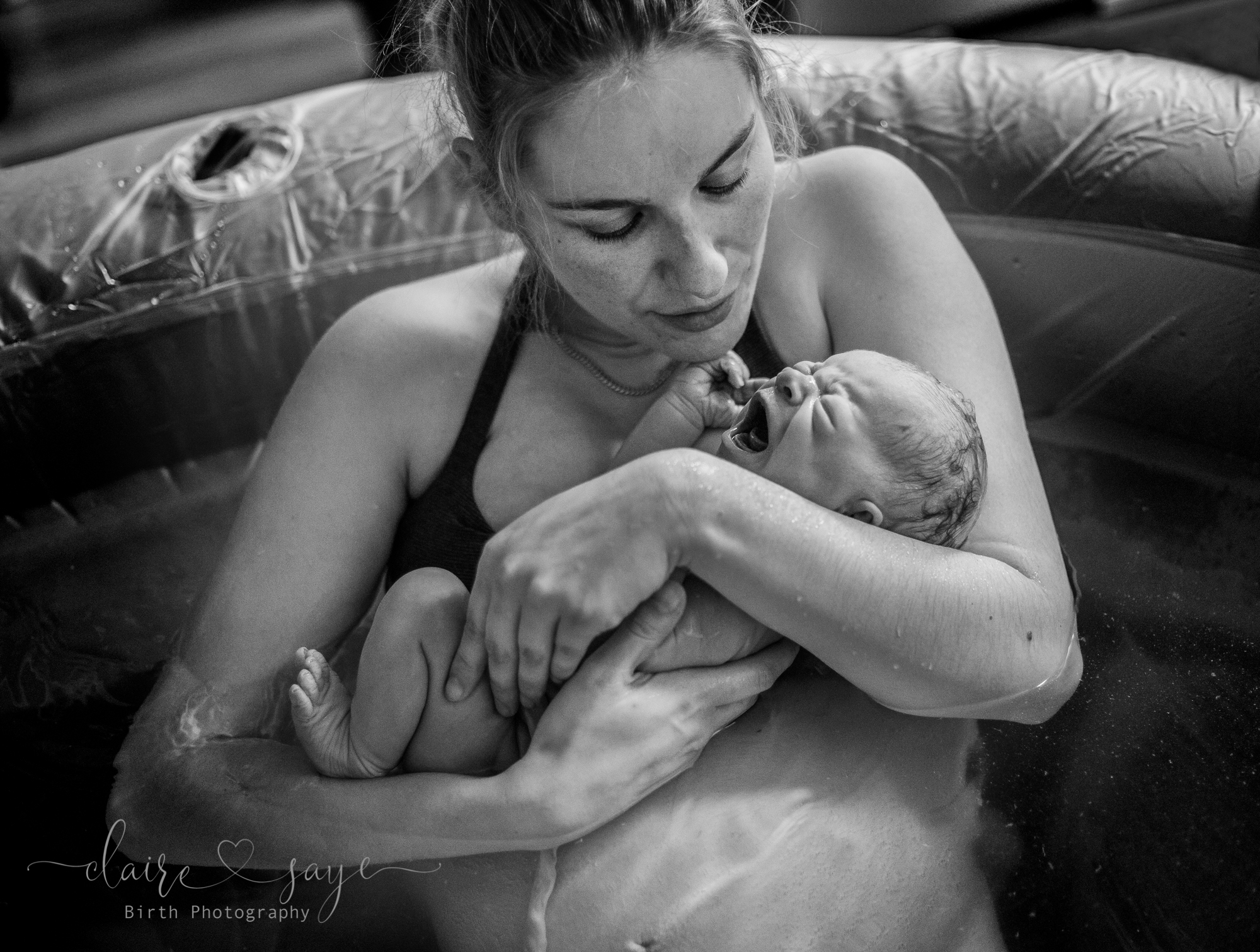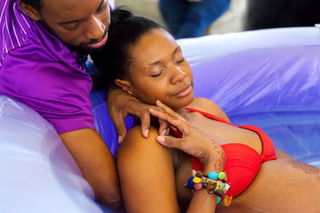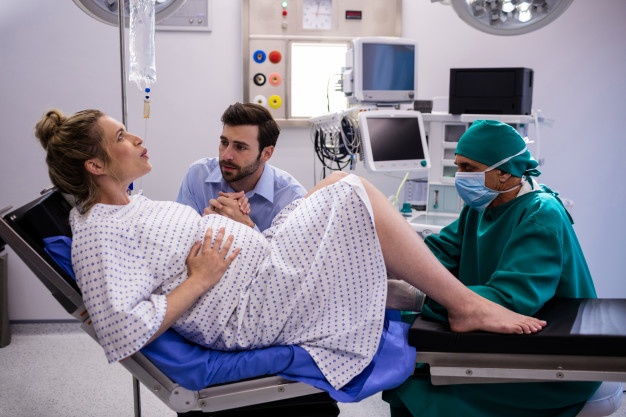Planning where to give birth to your baby
The NHS has said that everyone in the UK should have the right to have four choices of birth place: their own home, an alongside midwifery unit, a freestanding midwifery unit and an obstetric unit. This article will explain the pros and cons of each option.
Home Birth
In the UK we have the legal right to birth at home no matter our medical or personal situation, and even if we’re classed as “very high risk”. This is thanks to a ruling by the European Court of Human Rights (ECHR) and applies to all EU countries, and all countries which fall under the ECHR’s jurisdiction, which includes the UK, even after Brexit. We don’t need anyone’s permission to birth at home and we don’t need it to be ‘signed off’ by anyone because no one other than us has the authority to decide whether we birth at home.
Evidence shows that home birth is a very safe option for birthing women and people and for their babies. A ground breaking piece of research called “The Birthplace Cohort Study”1 showed that for those classed as low risk:

- For women and people who had birthed before, planning to birth at home led to better outcomes for them and their babies compared to planning to birth in hospital. This was the case even if they ended up transferring to hospital. Better outcomes included lower rates of very heavy blood loss, lower rates of caesareans and lower rates of forceps.
- For first time birthing women and people, planning to birth at home led to better outcomes for them and their babies on almost all of the criteria looked at. As with those who had birthed before, this included lower rates of caesarean (for those who ended up transferring to hospital), heavy blood loss and birth with the assistance of forceps.
- There was a tiny increase in one category of poor outcomes compared to birthing in a midwife led unit or in an obstetric unit for babies of first time birthing women and people. However, there was no difference in the chance of stillbirth. This category included breathing in meconium and injuries to the baby’s shoulder. The increase was around 4 in 1000 babies, so it was very small.
This data looked at women and people who were low risk, but a second review of the data also found similar results for the safety of home birth for women and people with risk factors.
If you are considering having a home birth but you are not low risk you can consider each of your ‘risk factors’ and see whether they would be affected by birthing at home. In many cases it doesn’t make any difference whether you’re at home or not.
At home you can have a birth pool if you want to, and some types of pain relief such as a TENS machine, gas and air and sometimes opiates such as pethadine or diamorphine, but this depends on the hospital that you’re under. Many people find that birthing at home is so much more relaxing and calm that they are less likely to need pharmaceutical pain relief.

Midwife Led Unit
There are two types of midwife led units: Freestanding (FMU) and Alongside (AMU). FMUs are in buildings which are on a different site to the obstetric unit. They may be across town or even in another town. AMUs are in the same building as the obstetric unit, or on the same hospital site.
Interestingly, according to the Birthplace Study, FMUs have better outcomes for birthing women and people and their babies than AMUs. While the reason remains unproven, it is widely thought that this is because the influence of doctors nearby leads to an increase in unnecessary interventions. Planning to birth at either an FMU or an AMU was shown to give better outcomes than hospital for both birthing mothers and people and their babies, even if they were transferred to hospital during or after birth.
Midwife Led Units usually have birth pools, and are usually designed to be a relaxing and calming environment. You should be able to access a range of pain relief options depending on the unit. Gas and air is available at all MLUs in the UK. Some also support the use of opiate drugs, but you are very unlikely to be able to have an epidural. You will be able to use a TENS machine but you may need to bring one with you.
Not every area has both an FMU and an AMU and some areas don’t have either, although all Trusts and Health Boards are supposed to have them. If yours doesn’t, but a neighbouring Trust or Health Board does, you can have your care transferred across the border.
Obstetric unit
The obstetric unit is what we think of when we think about birthing in hospital. Most people who give birth in an obstetric unit don’t need to be there from a medical perspective, but some people prefer to be nearer a doctor than they would be at home or in a midwifery led unit. Sometimes there is a medical reason why a woman or person decides to give birth in hospital. If you are planning to give birth by caesarean then the only option will be to be to give birth in hospital. No matter the reason, women and people can still make their birth their own and make their own decisions about what happens.

Obstetric units don’t often have a homely feel, which can feel disconcerting to some people. The bright lights, bleeping machines and sounds of other women and people giving birth can feel unnerving or scary, which can reduce the amount of oxytocin your body makes, which can then slow or stop labour. If this happens to you, try setting up the room so you can relax more and, if you can, stay upright and active.
In hospital, every woman or person will be allocated a midwife to care for them and many midwives try to make the room feel as calm and pleasant as possible. If you don’t feel that your midwife is doing this for you, you can ask to have another one allocated to you if you want to.
Don’t forget that even though you’re in hospital, your rights to decide what happens to you are still your own. If you don’t want to lie on the bed, you don’t have to, even if you’re told you have to. You can get up, walk around, lean on things, whatever you need to be comfortable.
You should have all of the pain relief options available to you in hospital, including a birth pool if they have one, a TENS machine (you may need to provide one), opiates and epidural.
Summary
While most people give birth in an obstetric unit, few people actually need to. Planning to birth outside the hospital, either at home or in a midwife led unit (FMU or AMU), has better outcomes for many women and people, so it’s really well worth exploring these options to see what feels right for you.
References
- The Birthplace Cohort Study: Key Findings: https://www.npeu.ox.ac.uk/birthplace/results